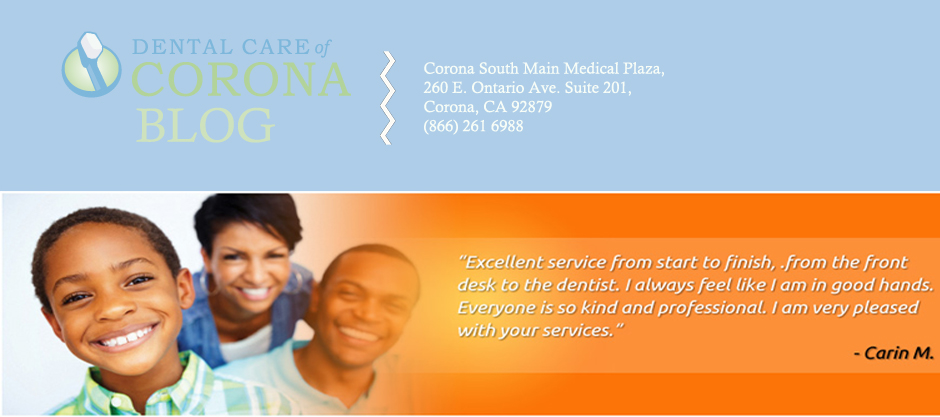A mouth guard is made of soft plastic or laminate material that protects the teeth, lips, cheeks and tongue. It is highly important that children or adults involved in sports wear a mouth guard.
Types of Mouth Guards to Choose From:
There are four different types of mouth guards that you can choose from to protect both children and adult teeth in sport activities:
There are four different types of mouth guards that you can choose from to protect both children and adult teeth in sport activities:
- Stock Mouth Guards — These mouth guards can be worn without any preparation to the mouth guard itself. They are offered in small, medium and large sizes and can be purchased at an athletic or sporting goods store. They tend to wear quickly and may need to be replaced during the sports season.
- Boil and Bite Mouth Guards — These mouth guards are boiled in water for a period of time and then formed to the teeth by applying pressure. They are available through most athletic and sporting goods stores. They tend to wear quickly and may need to be replaced during the sports season.
- Vacuum-Formed Mouth Guards — The dentist can offer patients this option in the dental office. The dentist would take a dental impression of the patient?s mouth and then the mouth guard is fabricated to fit the impression of the teeth. This type of mouth guard covers all teeth and may be more expensive than the boil and bite and stock mouth guards.
- Pressure Laminated Mouth Guards — The laminated mouth guards provide many benefits in protecting the mouth. The mouth guard is thicker and provides protection against dental injury or concussion. The laminated mouth guard must be custom made by a dentist and will be more expensive than the vacuum formed mouth guards.1
Please talk to your dental professional about mouth guards and how they can help you reduce oral injuries in your mouth. If you are an athlete, consider having a vacuum-formed or pressure laminated mouth guard made that will fit you exclusively.
Article Source: Colgate
If you live in the Corona, CA and are currently looking for a new dentist, please do not hesitate to contact us at Dental Care of Corona. We provide effective dental solutions to our patients in a caring and comfortable environment.
Dental Care of Corona
Corona South Main Medical Plaza
260 E. Ontario Ave. Suite 201
Corona, CA 92879
(866) 261 6988
dentalcareofcorona@gmail.com










